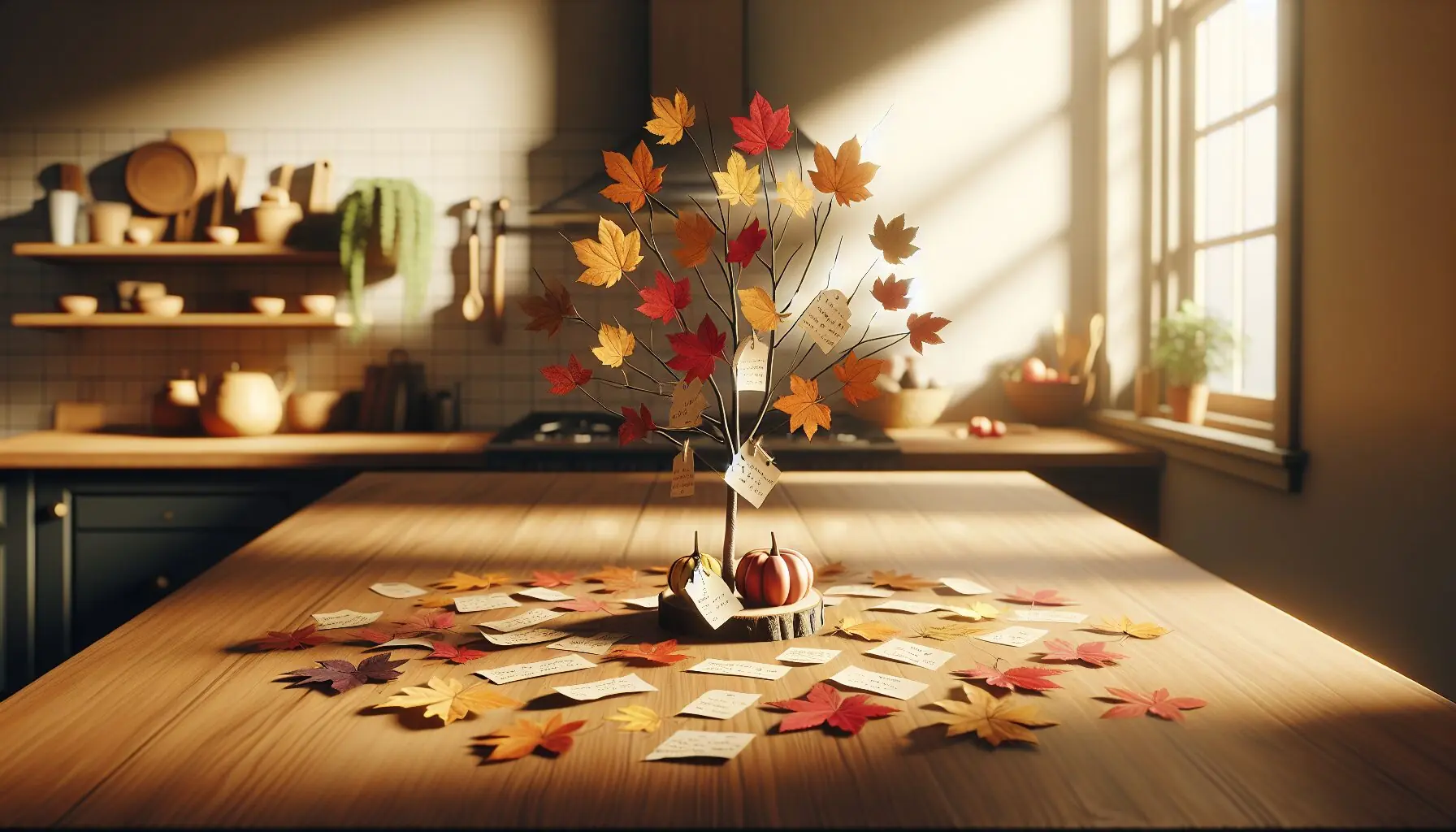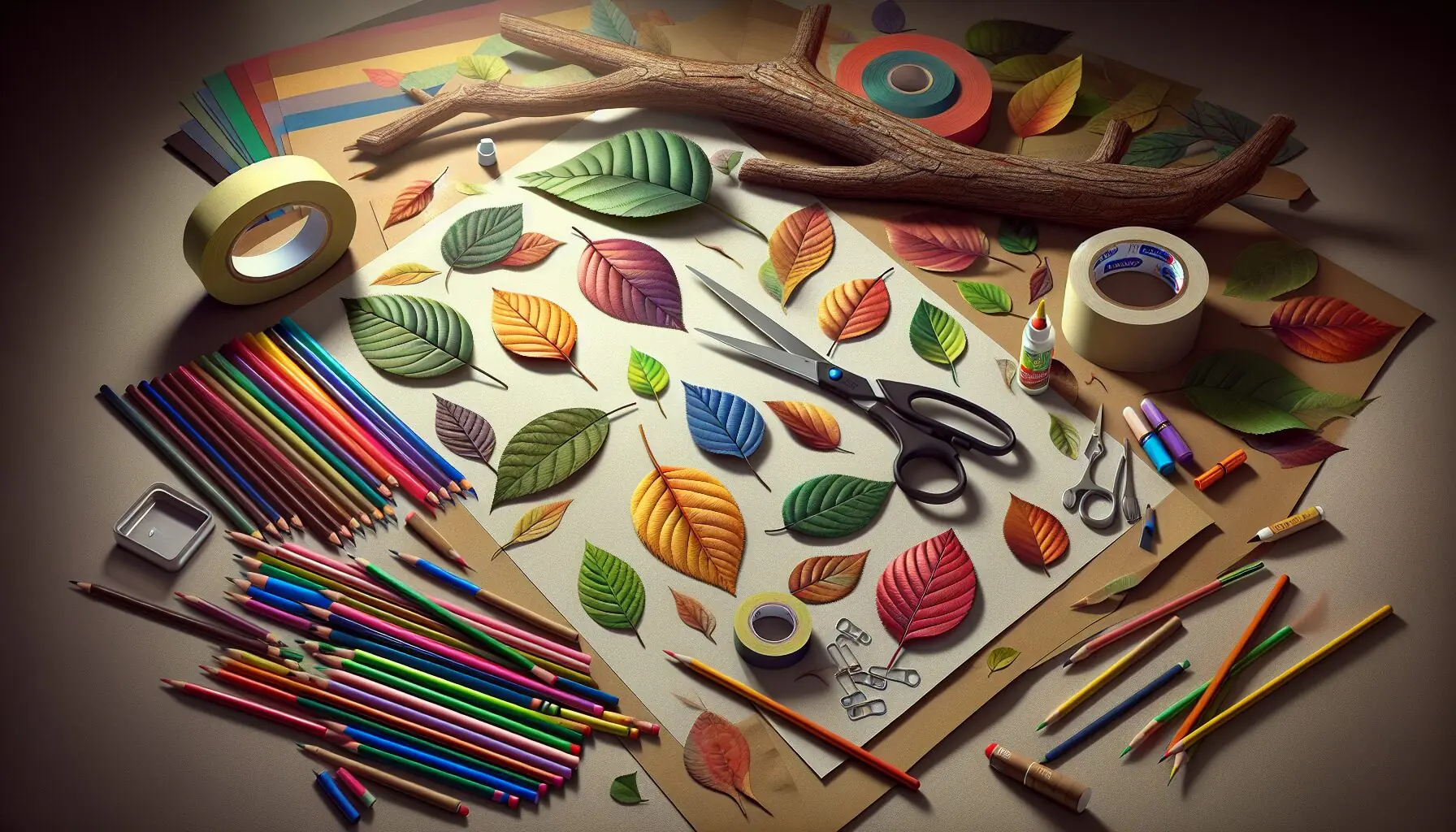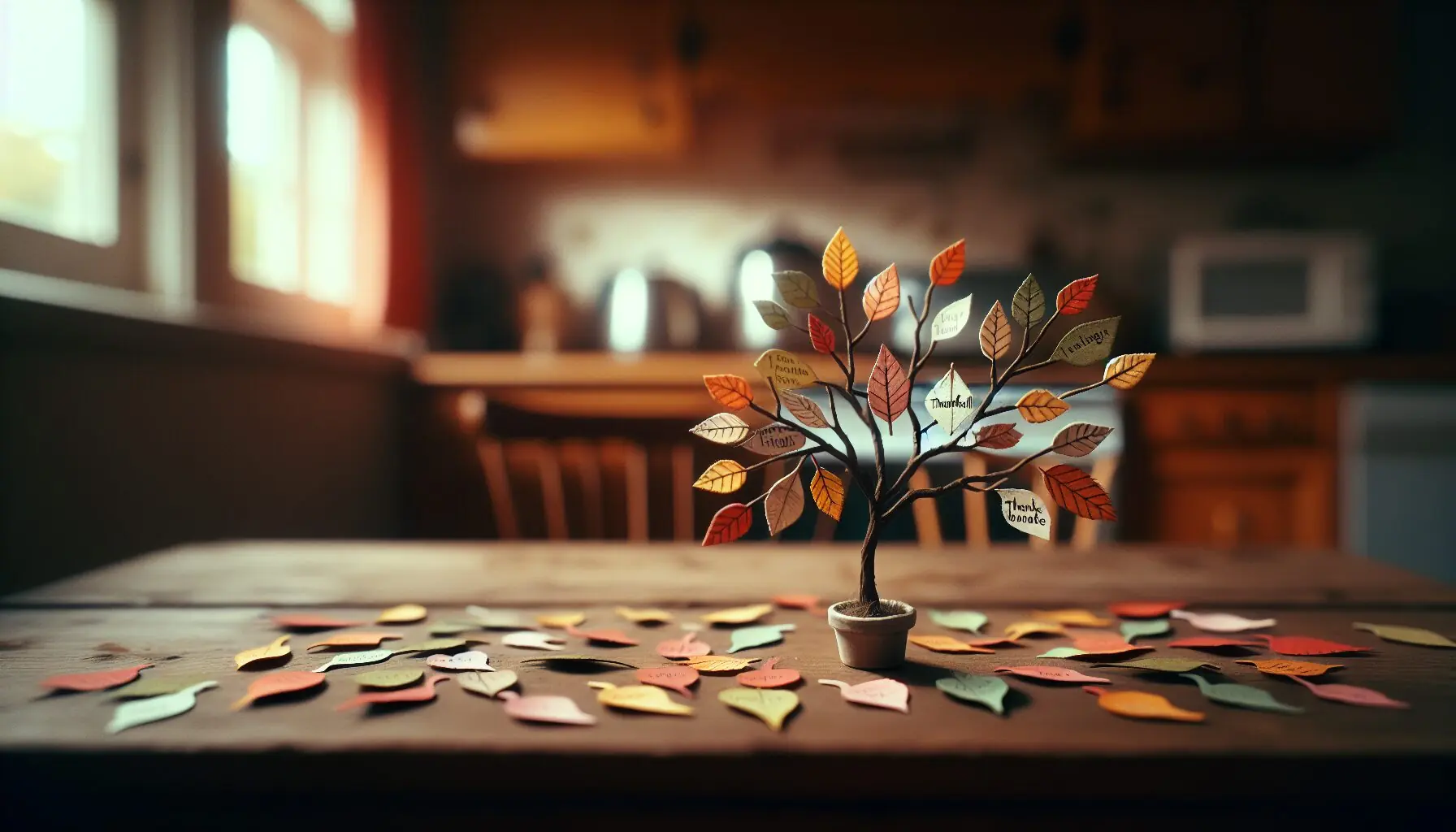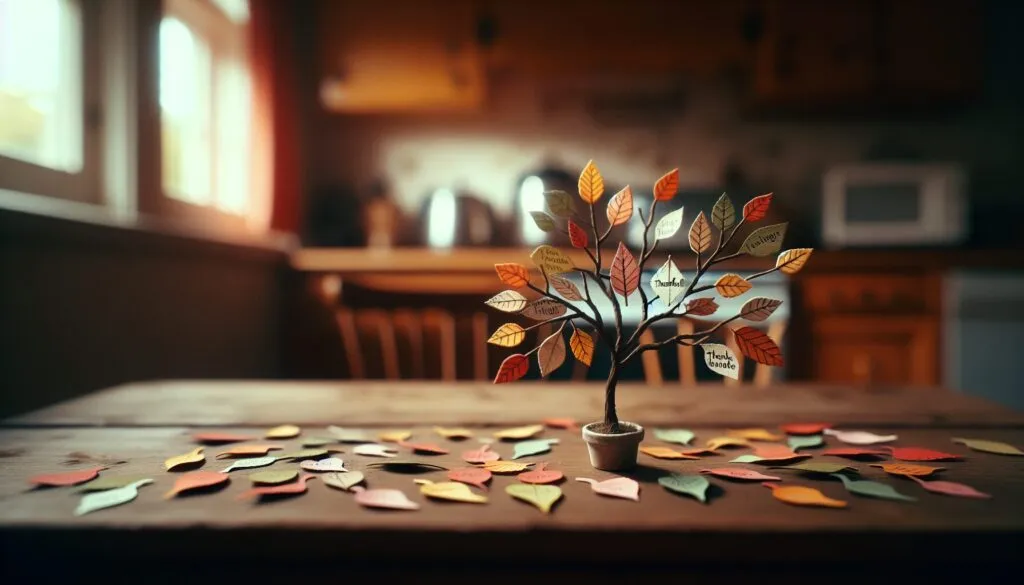Introduction: Cultivating Gratitude and Growth
As October unfolds its golden arms, what better way to celebrate than nurturing gratitude with your little explorer? Introducing ‘Thankful Leaves’, a delightful activity that merges emotional growth with science and exploration. This engaging exercise involves crafting a tree of gratitude from colorful paper leaves, each bearing a thankful note from your child’s heart.
But why gratitude, you ask? While we’re aiming for a simple activity, this aligns perfectly with Social-Emotional Learning — particularly crucial for young minds in Grade 1. Incorporating gratitude from a young age helps foster empathy, resilience, and a sense of community.
So, let’s grab our artistic hats and craft a world brimming with thoughtful thanks!

Activity: Create Your Thankful Tree
Ready for some crafty fun? Here’s how to create your Thankful Tree with your budding scientist.
Materials Needed:
- Colorful craft paper
- Scissors
- Colored pencils or markers
- Tape or glue
- A bare branch or sturdy cardboard for the tree
Estimated Time:
30-45 minutes (a fun-filled pocket of your day!)
Instructions:
- Snip craft paper into charming leaf shapes — any size or color your child prefers.
- Encourage your child to write or draw what they’re thankful for on each leaf using the colored pencils.
- With tape or glue, adhere each leafy thought to the bare branch or tree structure.
- For an extra scientific twist, discuss how trees support ecosystems, emphasizing the interdependence of life — it’s science in action!
Tips for More Fun:
- Turn it into a storytelling session — ask your child to elaborate on each thankful item.
- Use different textures of paper to add tactile exploration.

Conclusion: Developmental Benefits of Thankful Leaves
The ‘Thankful Leaves’ activity not only sparks creativity and strengthens emotional growth but also introduces key scientific concepts in a playful way. By translating thoughts of gratitude to tangible objects, kids learn about expression and exploration.
This hands-on activity enhances emotional vocabulary and nurtures empathy — pillars in both social and emotional development.
From a scientific perspective, discussing tree ecosystems can instill a budding curiosity about nature and biology.
Additionally, the shared time enriches the parent-child bond, providing a warm, collaborative experience that forms happy memories. Busy parents, don’t miss this chance to share in the magic of science and appreciation, making each ‘thankful leaf’ a seed for future curiosity and understanding.

